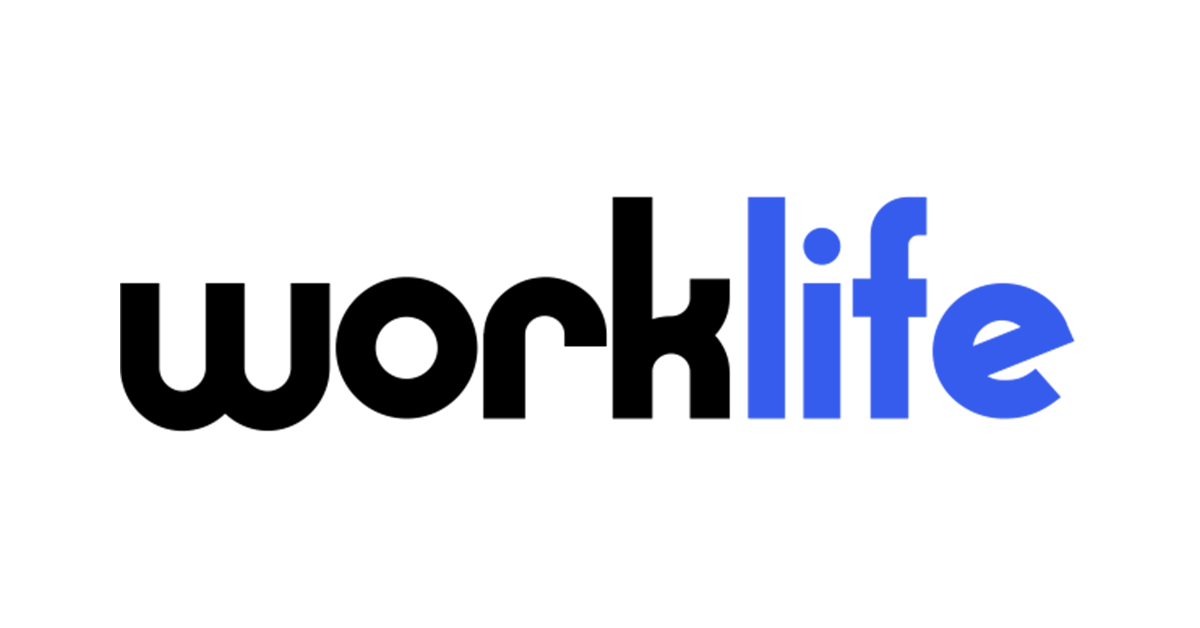Whether you realize it or not, we have all been on both sides of the employee experience coin. No matter what your role is now, if you have ever had a frustrating experience with a coworker, manager, or subordinate, then you have seen firsthand how employee experience can impact your day-to-day work life. From disgruntled food preparers at fast-food chains to frustrated managers struggling to keep employees engaged, both ends of the spectrum work together to form the employee experience playing field.
Understanding the Meaning of Employee Experience
Employee experience is a term used to refer to the entire journey of an employee in the organization, from the moment they are hired to the moment they leave. It covers everything from the initial onboarding process and job training to the day-to-day work environment and the employees’ interactions with their managers and other colleagues. The focus of employee experience is to create a positive and productive environment for employees, and to ensure that their time working for the organization is as successful and rewarding as possible.
Employee experience management is an approach to intentionally organizing the overall experience of employees throughout their journey with the company. It also involves creating a sense of community and belonging, which can be achieved through a variety of methods such as team building activities, providing development opportunities, and creating an open and collaborative work culture.
Employee experience management should be a holistic approach to understanding, influencing and enhancing the interactions, perceptions and outcomes that employees have with their work environment. By focusing on employee experience, companies can create a positive environment which can lead to improved engagement, productivity, and morale.
What is the difference between employee engagement and employee experience?
It is important to remember that employee experience has a direct impact on employee engagement, but they are not the same thing. Employee engagement is a measure of how motivated and committed employees are to their work, whereas employee experience encompasses the entire journey of an employee from recruitment to retirement. Employee engagement focuses on how employees feel in the moment, while employee experience is focused on the overall satisfaction of an employee throughout their entire tenure with an organization.
The Importance of Employee Experience to the Employee Journey
Everyone has an impact on the employee journey, but managers specifically need to be working in tandem with the ER and HR teams to ensure the organization is fostering a positive employee journey. This is because managers and employee relations professionals are the ones at the front lines of the company, interacting with employees on a daily basis. If managers are ill-equipped in how to deal with daily issues and provide their teams with proper support, this will negatively impact your organization’s employee experience.
To get a bird’s eye view of the employee journey within your organization, consider the employee’s day-to-day experience, the company’s culture and values, and the strategies in place that help when issues arise. How do you handle minor performance issues? How do you share positive feedback and praise? How your managers and people leaders handle these day-to-day aspects all have a direct impact on the employee journey. If you are not sure, it may be time to check in with your managers. It may also be a good idea to consider an ER tool for people leaders. Software like this will help your managers take a proactive approach to preventing or addressing issues quickly before they escalate and become larger issues that impact your employee experience.
Why is employee experience management important?
Employee experience management is important because it provides organizations with the insight to understand how their employees are feeling and what they need to succeed. Employee experience management also helps organizations to identify areas for improvement and make changes to ensure their employees have the best possible experience working for them.
The role of HR in employee experience management is to ensure that employees have the resources and support they need to be successful. HR should help uphold policies and procedures that foster employee engagement and ensure that employees have the necessary tools to do their jobs. Additionally, HR should continuously monitor employee experience metrics and take proactive steps to address any issues.
Strategies for Effective Employee Experience Management
Employee experience management is a key factor in the success of any organization. Here are some strategies you can use to ensure that your employees are having the best possible experience:
- Focus on the whole employee experience – not just the job. Employee experience management should encompass the entire employee lifecycle, from recruitment and onboarding to career development.
- Acknowledge that sometimes the employee experience will be bumpy- it’s natural, it’s part of work and life. The important thing is to not pretend that everything is rosy all the time but to commit to handle problems or issues with transparency, consistency and respect. By being open about this, it takes away the worry or shame if something goes off course- which is normal in the course of a career!
- Invest in employee training and development. Provide regular opportunities for employees to learn and develop their skills, so that they can reach their full potential.
- Encourage employee feedback and input. This will help to ensure that employees’ needs and concerns are heard and addressed in a timely manner. You may even want to implement an anonymous reporting platform such as Speakfully, to facilitate this.
- Foster an open and inclusive workplace. Make sure that employees feel comfortable and respected in the workplace, and that their voices are heard. If employees voice issues that impact this, document it!
- Implement regular performance reviews and feedback. This will help to identify areas of improvement and ensure that employees are performing to the best of their abilities.
- Recognize and reward employees for their hard work and achievements. This will help to boost morale and create a culture of appreciation.
Measuring Key Performance Indicators of Employee Experience
A Key Performance Indicator (KPI) for an employee is a measure of performance that is used to assess the success of an individual in achieving their goals. KPIs can vary depending on the job role and the organization, but common KPIs for employees include customer satisfaction, quality and quantity of work completed, sales metrics, and attendance.
Measuring the KPIs of employee experience is a great way to get a better understanding of how your employees are feeling and how they perceive their work environment. If an employee is struggling to meet their KPIs, for example, that may not necessarily mean they are a bad employee, but perhaps they are feeling overwhelmed or under supported. It is important to analyze these cases from all angles to get a better understanding of what is truly happening. As a result, you may even garner insight into changes that need to be made within your organization.
There are a few different ways to measure employee experience, such as surveys, interviews, focus groups, polls, and analytics. Surveys are great for getting a broad understanding of how your employees are feeling, while interviews and focus groups are more personal and can provide more detailed information so long as your employees feel comfortable sharing. Polls and analytics can help you measure tangible outcomes, such as employee engagement and job satisfaction. No matter which method you choose, measuring employee experience is an important step in ensuring a positive and productive work environment.
Measuring customer satisfaction can also help identify how well a company’s products and services are being received, but it is not the best indicator of a successful employee experience. Retention rates and employee turnover rates can signal whether or not there are underlying issues that are not being addressed soon enough to prevent employees from becoming so frustrated that they leave. By taking all of these measures into account, you can create a comprehensive view of how your workplace is functioning and how people feel about their work environment.
Finding and Keeping the Best Talent
We have all heard it before, culture is the key to attracting and retaining talent that will help your organization grow. The question is, however, how do we foster this culture? It can be difficult to find the balance between overbearing, intense culture that people may shy away from and hands-off culture that can make people feel siloed and alone. Some workers will want opportunities to bond with colleagues, while others care more about career development and would rather skip the work happy hour. It is important to offer opportunities that appeal to different personalities within your workplace, but don’t force anyone to participate. You can lead a horse to water, but you can’t make it drink. Company culture works much the same way. Forcing people to come to a happy hour or an outreach event could breed resentment and feelings of obligation.
Rather than topically applying culture, it is more valuable to listen to what people are asking for and always remain constant with how you support your employees during tough times. Additionally, employers should strive to create an open and inclusive environment, where employees feel heard and valued. This goes beyond providing free coffee and ping pong tables in the office. In order to find and retain the talent that will improve your organization, you need to create a transparent, candid, and dynamic culture from the ground up. You should have clearly defined core values that guide every aspect of your mission, and every employee should know them.
Why invest in employee experience management software?
Investing in employee experience management software can be a great way to empower your people leaders and accurately see exactly what is going on in your company. By implementing purpose-built tools for your HR and ER needs, you can easily track cases and investigations as well as identify hot spots and areas of concern. This takes the guesswork out of creating a healthy, safe, and inclusive work environment for all employees and in turn, frees up time for your managers and HR leaders to be more intentional and involved where it matters instead of wasting time on busy work. Additionally, employee experience management software can help you better understand employee preferences and tailor your employee experience to meet their specific needs. This will improve overall job satisfaction and help your business reach its goals.
If you are ready to demystify the process of creating a successful employee experience, request a demo today. Or, if you have any questions about our solutions, feel free to contact us. We would love to hear from you!




